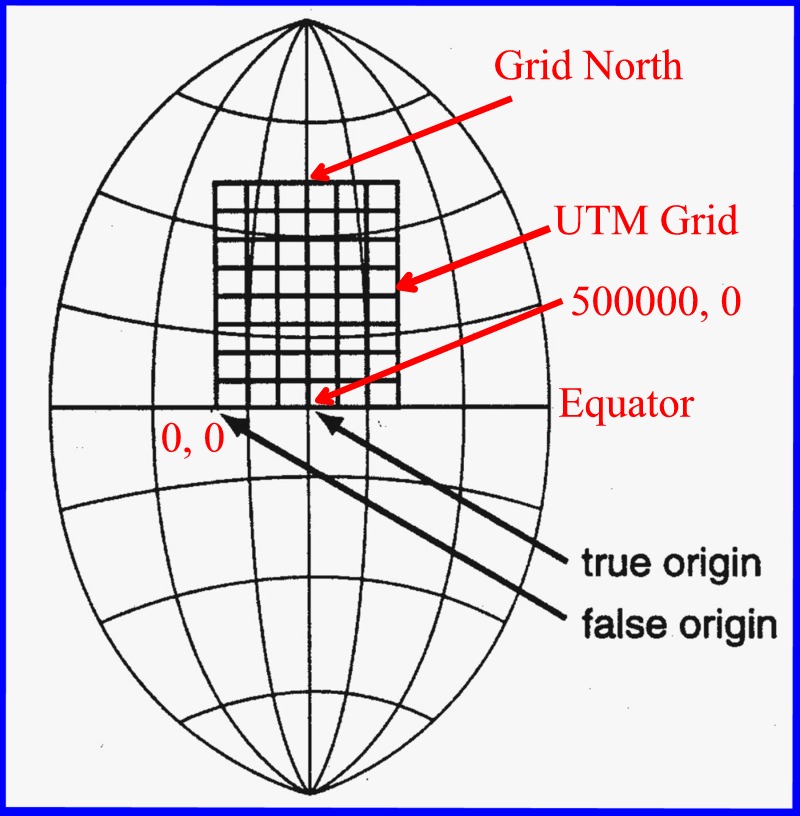
The first 3 are by far the most used parameters (Source, Medium, Campaign), but for additional insights, you may also choose to track all 5. If you've ever struggled with marketing attribution, UTM codes will come in extremely handy. The code only serves one purpose: to help your analytics tool track the source of your visitor.įor agency marketers, this means you can use these UTM parameters to calculate the impact of your campaigns.

Take, for instance, this URL (from a Facebook post-click):ĭownload our UTM tracking cheat sheet Let's make your life a little easier with our UTM planning sheet and reference guide! Let’s Go! Why Are UTM Codes So Important? You can have only numbers, letters, hyphens, '+' sign and periods in the variable. Tracking variable – a unique variable to identify the dimension being tracked (such as the name of the traffic source). There are 5 standard parameters you can track: utm_source, utm_medium, utm_campaign, utm _content, and utm_term (more on these below). As you might have guessed, this particular code tracks who sent the traffic to the page (i.e. The part starting after '?' is the UTM code.
#Utm projection software#
This name comes from Urchin Tracker, a web analytics software that served as the base for Google Analytics. UTM stands for " Urchin Traffic Monitor". Dimensions you track via UTM codes show up in your analytics reports to give you a clearer insight into marketing performance. You can track 5 standard variants of UTM parameters: source, medium, campaign, term, and content. You’ll also get access to two Google Analytics templates that will streamline your client reporting–these will save you loads of hours by automatically tracking your clients’ web analytics under one roof and showing your impact in easy-to-understand reports! What Are UTM Tracking Codes?Ī UTM code is a simple snippet code that you can add to the end of a URL to track the performance of campaigns and content.
#Utm projection how to#
In this post, I will help you understand UTM codes and show you how to use them to track your marketing performance.

These special codes can be added to the end of any URL to track clicks and the performance of marketing activities. This is where UTM tracking comes into play.

Unless you can measure the impact of your marketing, you can neither improve it nor use it as proof of your work. As a marketer, you know your marketing is driving traffic to your client's websites, but do you have the hard data to prove it? On a client call, can you show which exact tweets or guest posts generated leads and which ones failed?Īn old Peter Drucker quote – "what gets measured gets managed" – is more applicable than ever to modern agencies.


 0 kommentar(er)
0 kommentar(er)
